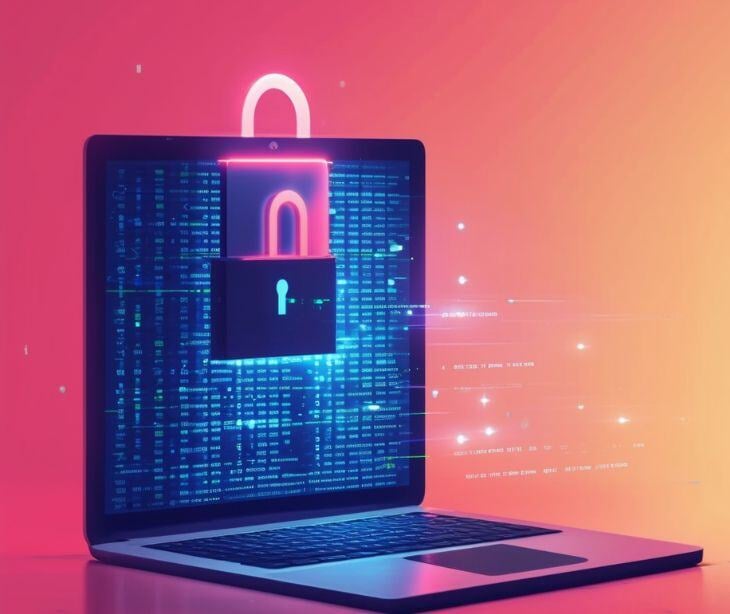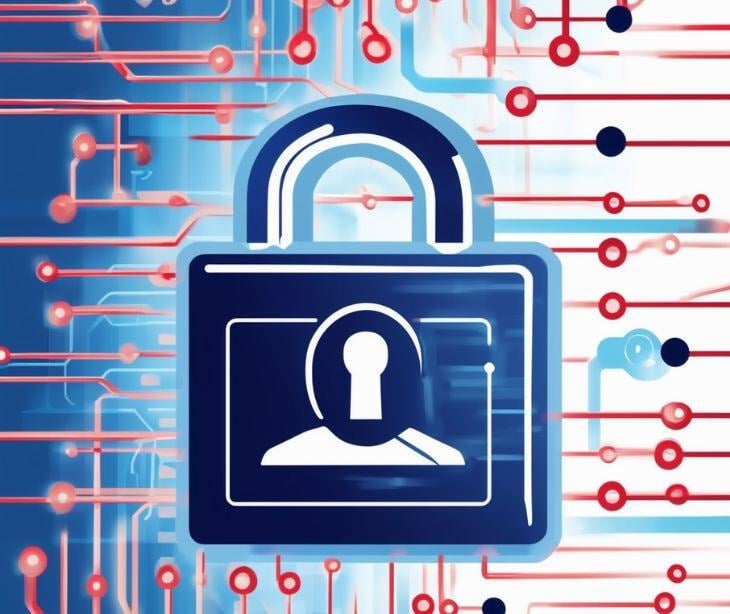
Scholastic faces a data breach affecting 8 million individuals, with a hacker urging improved security measures instead of exploiting the stolen information.
What happened
Earlier this month, education publishing giant Scholastic became the target of a data breach orchestrated by a hacker known as Parasocial. The breach exposed the data of 8 million individuals, including customers and education professionals in the United States. Unlike most cybercriminals, Parasocial claims no intention of releasing the stolen data, instead urging Scholastic to improve its security practices.
Parasocial reportedly accessed Scholastic’s employee portal using credentials compromised by malware. The hacker shared the stolen data with Daily Dot, stating that the attack stemmed from boredom and aimed to push the company toward adopting better cybersecurity measures.
Going deeper
The breach exposed a variety of personal data, including names, email addresses, phone numbers, and home addresses. While not every record contained all these details, the data impacted included both general customers and over 1 million education contacts. After duplicates were removed, the stolen records amounted to more than 4.2 million unique email addresses.
The hacker revealed vulnerabilities in Scholastic’s systems and advocated for the implementation of multi-factor authentication to safeguard customer information. A screenshot shared with Daily Dot revealed internal sections of the company’s portal, which manages employee records, inventory, and sales data. Parasocial noted that their activities were limited by an export cap on Scholastic’s servers, preventing further data extraction.
What was said
In a statement to Daily Dot, Scholastic acknowledged the breach and confirmed that an investigation is underway. A company spokesperson stated, “Scholastic takes the security of our customers’ data seriously with extensive systems and protocols in place.”
At the same time, the hacker group Parasocial has taken an unconventional approach to the breach, publicly urging Scholastic to improve its cybersecurity measures. In their statement, the group warned, “Don’t let your customers suffer for your security failures.”
The big picture
The Scholastic data breach reminds us how vulnerable personal information can be when companies overlook security. For an organization relied upon by schools and families, this incident isn’t just about fixing a system—it’s about restoring trust. How Scholastic handles this breach will show whether it can meet the expectations of those who depend on it.
FAQs
What is malware?
Malware, short for malicious software, is a program designed to harm or exploit systems. Hackers often use malware to steal sensitive information, such as login credentials, by infiltrating computers or networks.
What is multi-factor authentication (MFA)?
MFA is a security method that requires users to verify their identity using two or more factors, such as a password and a code sent to their phone, making it harder for unauthorized users to access systems.
Why do hackers sometimes avoid releasing stolen data?
Some hackers, like Parasocial in this case, aim to expose security flaws without causing harm. They may use breaches as a way to pressure organizations into improving their systems.
How does removing duplicate records impact the total number of affected individuals?
Duplicate removal ensures that the reported number reflects unique individuals affected by the breach, providing a more accurate assessment of the impact.
What is the role of an employee portal in a data breach?
An employee portal is a system used by staff to access internal tools and data. If compromised, it can provide hackers with entry to sensitive company information and personal records.




